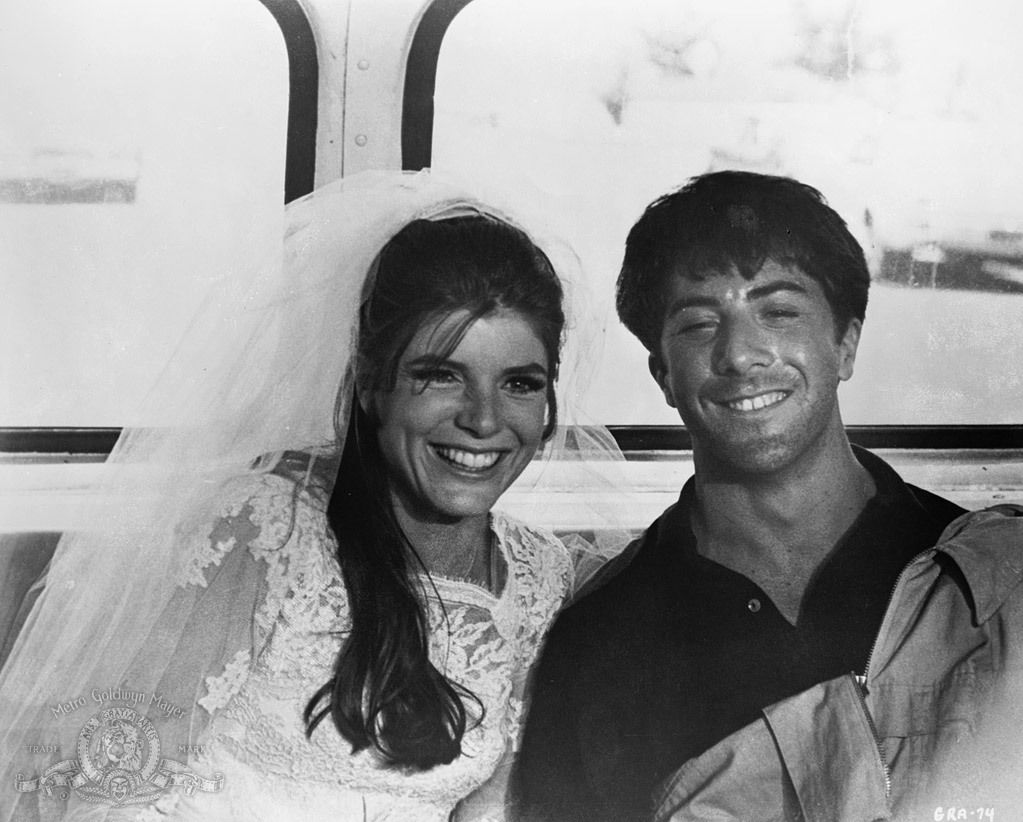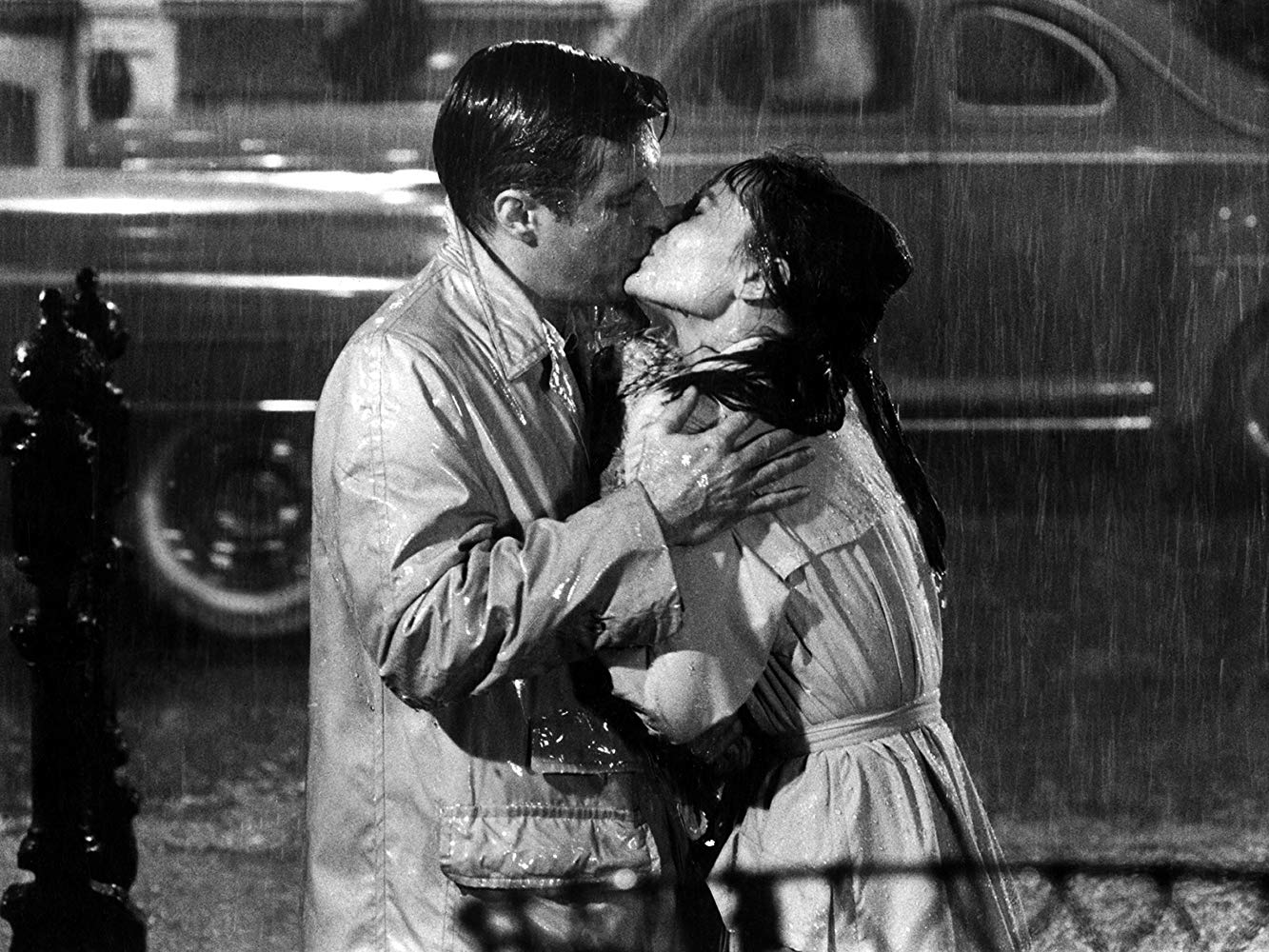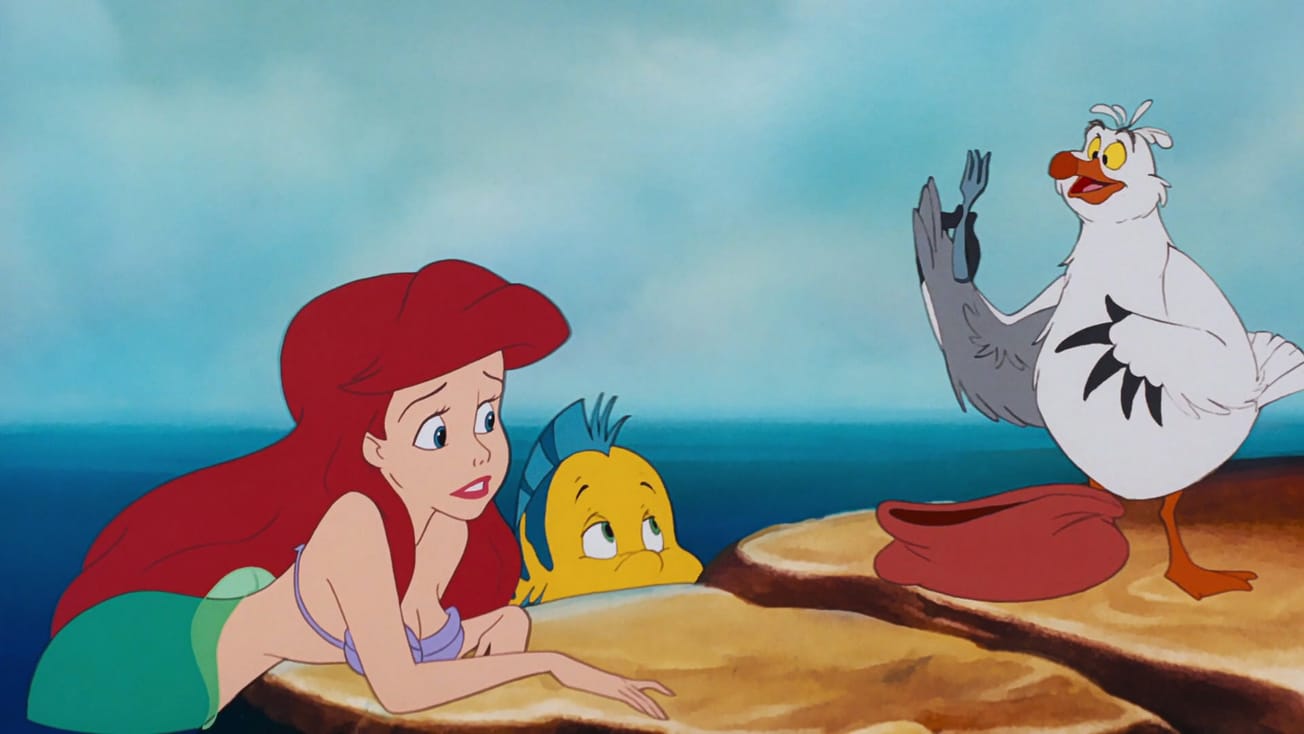By Louie Bell, First Year, Geography
In the 20th century, romantic endings were the trend, but since the turn of the millennia, several popular films have turned to realism.
It’s the part of the film we can quote: ‘Forget it Jake, it’s Chinatown…’; where we cry: The Green Mile (1999); where we fall in love: Four Weddings and a Funeral (1994); and where we’re just left without words: The Usual Suspects (1995). The endings of the best movies bring out our deepest emotions, spark debate and are often the lasting memory we have once we leave the cinema as the credits roll.
But given the obvious attraction of leaving the audience wanting more, why do so many films subscribe to the same old ‘Hollywood Ending’, where the two lovers unite, where the villain is defeated and the world saved?
The Green Mile.
— YourPalCasey (@YourPalCasey) May 14, 2019
Film historian Richard Maltby theorised in 2003 that the happy ending was used as a ‘re-establishment of order’ whereby the audience would understand that all the behaviour on screen would ultimately not push the limits set by ordinary society and would ultimately have no consequence. In effect, they reinforce the status quo, bringing justice, peace and rewards to who deserve it, reaffirming what the audience expects and conforms to.
Let's begin with the ultimate and most common happy ending: the romantic ending. The two lovers share the long-awaited kiss, the score swells and sweeps as they unite before walking/driving/limping off into the sunset. Some of the most memorable endings of this kind include Breakfast at Tiffany’s (1961), The Graduate (1967) and even films that aren’t focused primarily on the romantic relationship between two protagonists such as Hitchcock’s Shadow of a Doubt (1943).
It’s well documented that various productions in film history have been subject to deep divisions between the Screenwriter/Director and the production company’s vision for a film’s ending. Breakfast at Tiffany’s was such a production where a happy and romantic ‘Hollywood ending’ was added contrary to its source material, Truman Capote’s 1958 novella in which there was no romantic affair whatsoever.

Such divisions over the film’s ending are not limited to romantic or mega-budget films - Terry Gilliam’s legendary feud with Universal Pictures’ chairman Sid Sheinberg over his 1985 masterpiece Brazil is such an example. Universal executives wanted a more cheerful ending and enforced significant cuts without Gilliam’s knowledge as they believed the original finale would alienate audiences.
The dispute reached such intensity that Gilliam took out a full-page ad in Variety magazine that simply stated ‘Dear Sid Sheinberg, when are you going to release my film, BRAZIL?’. The film was eventually released as it was intended to be after it won Best Picture at the Los Angeles Film Critics Association.
Gilliam’s quest for artistic integrity versus the studio’s determination for a pleasing ‘Hollywood Ending’ demonstrates the conflicting attitudes to cinema that forged a new vision of story, character and message. Rather than a cheerful ending rich in warm, upbeat messages to reinforce ‘good’ notions about the world, films that challenged the expectations and tolerances of the audience began to emerge and have risen in number ever since. Whilst they still provoke thought, they do so with greater negativity, tragedy or even ‘realism’ whereby the romanticism and idealism of Old Hollywood goes down the drain.
The Battle of Brazil – How Terry Gilliam took on Universal Pictures, and won. https://t.co/4tTxM9ykH2 pic.twitter.com/tNVI6miicS
— The 405 (@The405) January 8, 2018
Such a shift in films has led to the greater inclusion of individuals, groups and stories not before seen in the cinematic world. Through the adoption and acceptance of negative or tragic endings, the experience of those who have been marginalised, oppressed or discriminated by society in the past can be shown to audiences who may have never considered or learnt about such experiences.
Consider this: would Barry Jenkins’ Moonlight (2016) ever have been able to be made in the 1980s or ‘90s? If it had, what kind of effect would an overwhelmingly positive ending have on the integrity of the story, and the experience of millions of people whom the film is supposed to represent?
Even historical stories can be subject to criticism about their remotely positive endings. Famously, director Stanley Kubrick responded to Schindler’s List (1993) by saying that ‘The Holocaust is about 6 million people who get killed. Schindler's List is about 600 who don't.’

The future of cinema remains to be seen. How will movie endings change as time progresses? Will they continue to move ever closer to the harsh truth of our world, abandoning all idealistic escapism that used to attract cinemagoers? In essence: will good triumph over evil as it always has?
Featured Image credit: Getty Images / Donaldson Collection
Do you prefer a classic Hollywood ending or would you rather films give a dose of realism?
Facebook // Epigram Film & TV // Twitter







